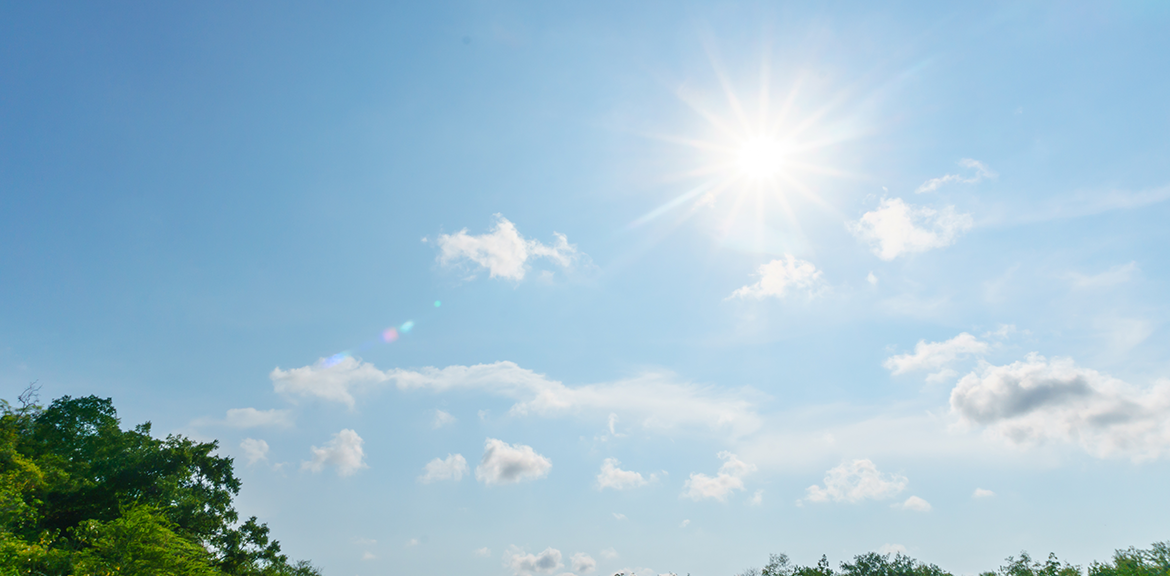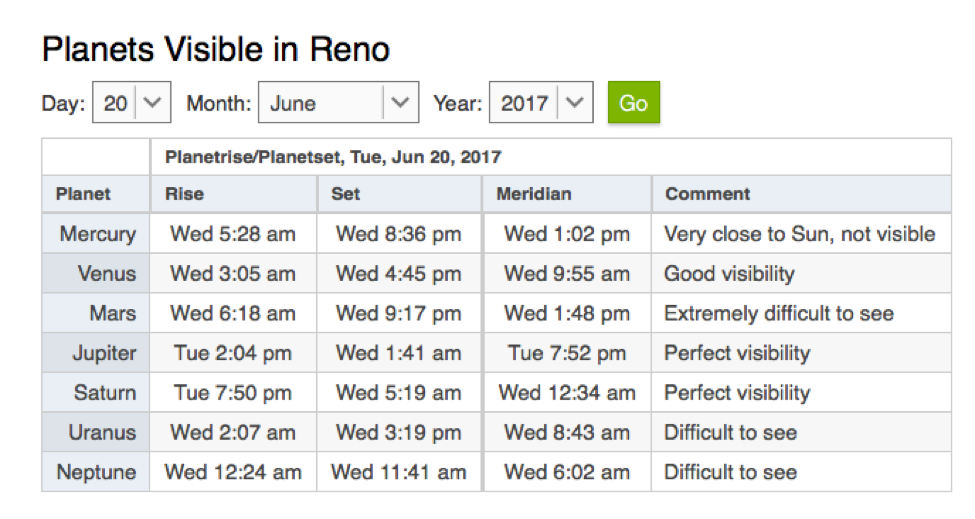
If today feels like it’s totally dragging on and taking forever, there’s good reason: It’s the longest day of the year, after all.
So go ahead and complain about how long the day feels; it’s actually scientific fact!
In Las Vegas, Reno and all points in between, the Summer Solstice is on Tuesday, June 20, 2017 at 9:24 p.m. Actually, it happens at the same time (according to individual time zones) at all points in the world, because it is the exact moment the sun is directly over the Tropic of Cancer.
In most locations north of the Equator, today is the longest day of the year; in the southern hemisphere, it’s the shortest.
Meaning that while it’s the summer solstice in the northern hemisphere, today is also the winter solstice in the southern hemisphere. Confused? This is also likely why scientists have chosen to call today the “June solstice” (and in our winter, it’s the “December solstice”), just to make the distinction clear as day.
Pun intended.
The term “solstice” comes from the Latin word solstitium, which means “sun-standing.”
On the day of the June Solstice, the sun reaches its northernmost position as seen from the Earth. At that moment, its zenith does not move north or south as during most other days of the year, but it stands still at the Tropic of Cancer. It then reverses its direction and starts moving south again.
So in terms of daylight, this day is 5 hours, 35 minutes longer than on the December Solstice. That’s five-and-a-half more hours of productive fun in the sun today!
You know what that means, right? Today is the PERFECT day to study a few fun science-y topics:
Investigate the Reason for the Seasons
Interested in learning exactly how the tilt of the earth is responsible for creating seasons? This fun experiment shows you in real, small scale scope just how that happens. And it only takes a few supplies!
Go Stargazing
Hey, did you know: There’s an app for that! That’s right, stargazing is no longer the stuff of astronomical nerds and members of the local planetarium board. Your smartphone can give you maps of the layout of what’s directly overhead, based on your latitude and longitude. Just pick a spot with little light pollution, download an app, bring a telescope, and stare at the sky!
And for an idea of which planets are readily visible, check out this site for Las Vegas and this site for Reno, which will give you results like this:


Take a Calculated Risk
Actually, there’s no risk involved when you calculate the length of your day using the Old Farmer’s Almanac. Explore the site for other fun facts — like gardening tips and today’s moon phase.
Celebrate with Slooh
Slooh brings together a network of telescopes, cameras, and various high definition feeds from world class observatories and amateur astronomers alike.
Today (beginning at 2 p.m. our time), it will host a live telescope event — featuring extraordinary views of the sun streamed from Slooh observatory partners all over the world, including close-up views from Prescott Observatory in Arizona, wide angle views from New York City, Chicago, Seattle, Hawaii, and other locations around the globe.
This special show is headlined by some very important guests: Bill Nye The Science Guy and Phil Plait, The Bad Astronomer.
So there you have it: Happy Summer (or rather, June) Solstice, everyone! How will you celebrate the Solstice today? Let us know on our Facebook page.